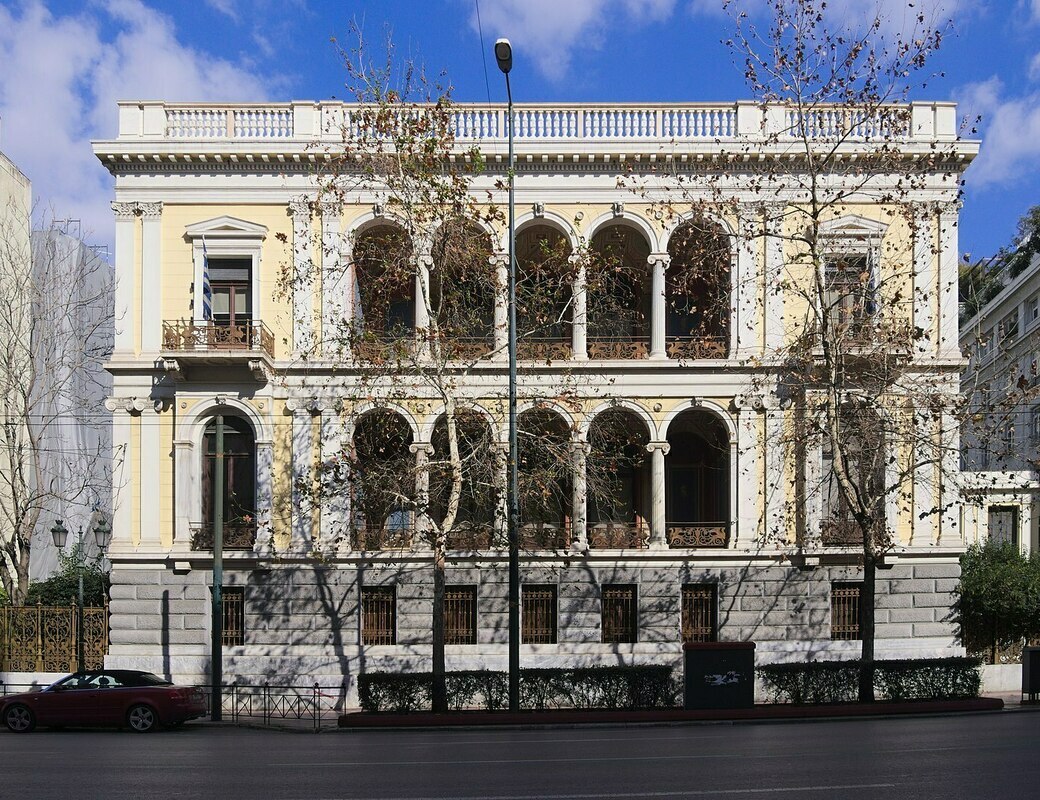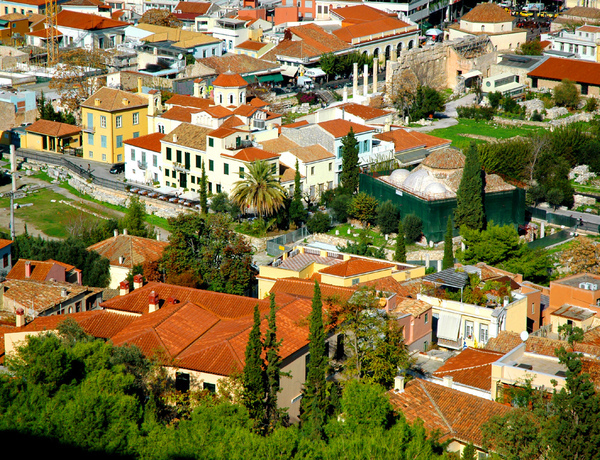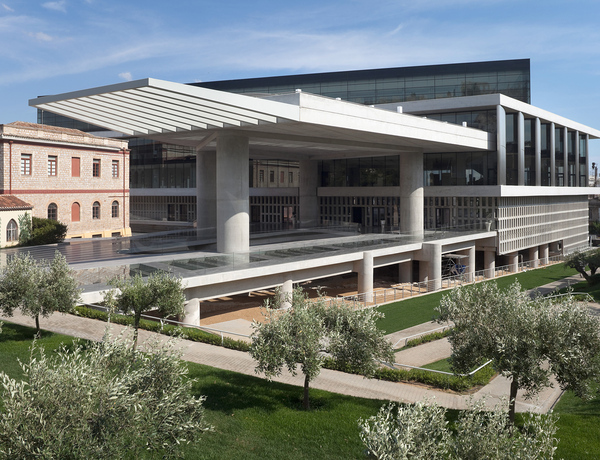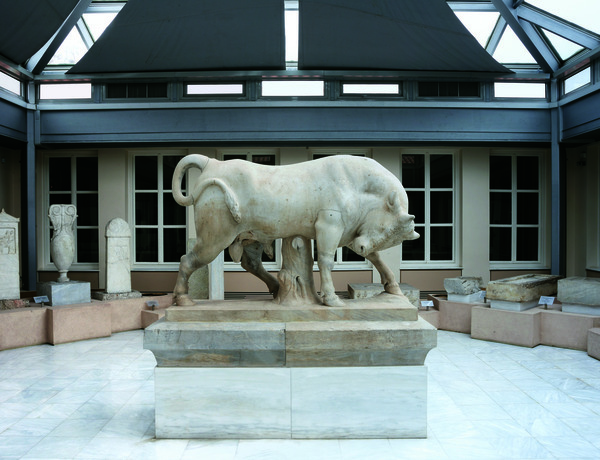
The Numismatic Museum of Athens, also known as Iliou Melathron, is a museum dedicated to the history of currency and coinage in Greece and the broader Mediterranean region. It is located in the Ilisia neighborhood of Athens, Greece, and is housed in a 19th-century mansion that was originally built for the renowned archaeologist Heinrich Schliemann. The museum’s collection includes over 600,000 coins, as well as medals, decorations, and paper currency, spanning from ancient Greece to modern times. It is one of the largest and most important collections of coins in the world, and is known for its unique and rare specimens, such as the famous Syracusan dekadrachm from the 5th century BC. The museum’s exhibits are organized thematically and chronologically, with displays covering the development of coinage in Greece, the Roman Empire, Byzantium, and beyond. There are also exhibits that explore the use of coins in daily life, as well as their role in shaping political, economic, and cultural history. In addition to its exhibits, the Numismatic Museum of Athens also offers educational programs, including guided tours, workshops, and lectures, as well as research facilities for scholars and researchers. Overall, it is an important institution for the study and appreciation of numismatics, and a must-visit destination for anyone interested in the history of currency and coinage.
Website
nummus.gr
nummus.gr





